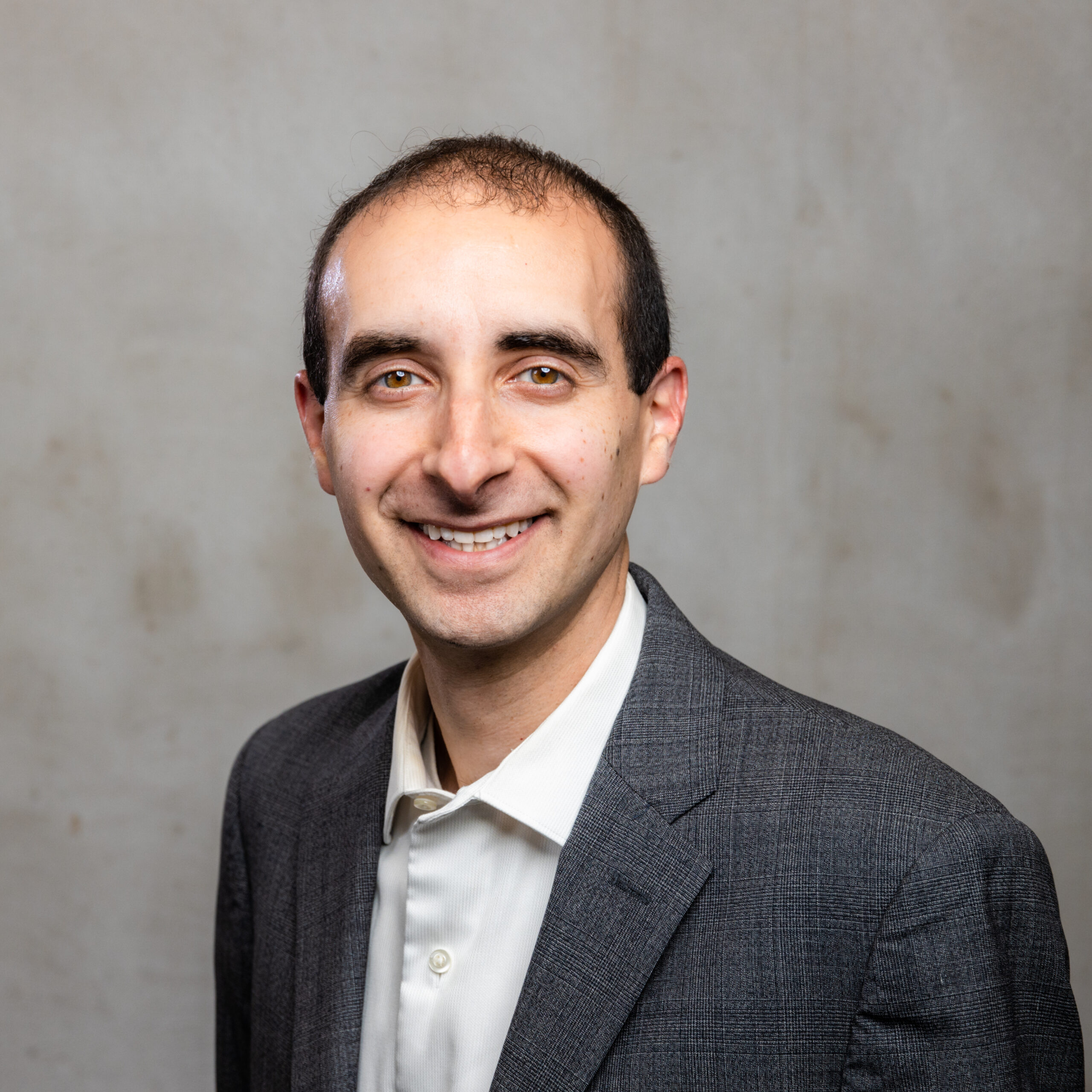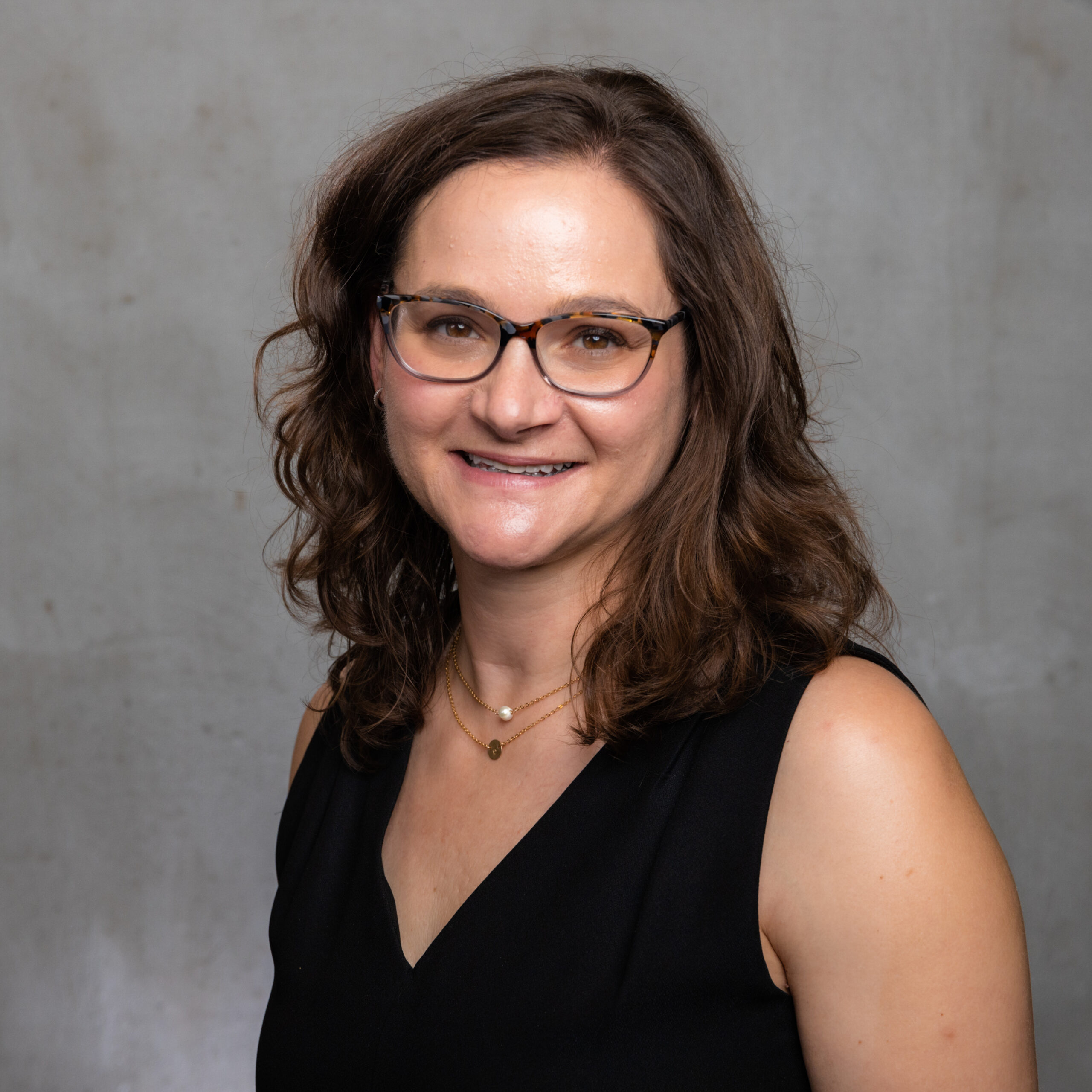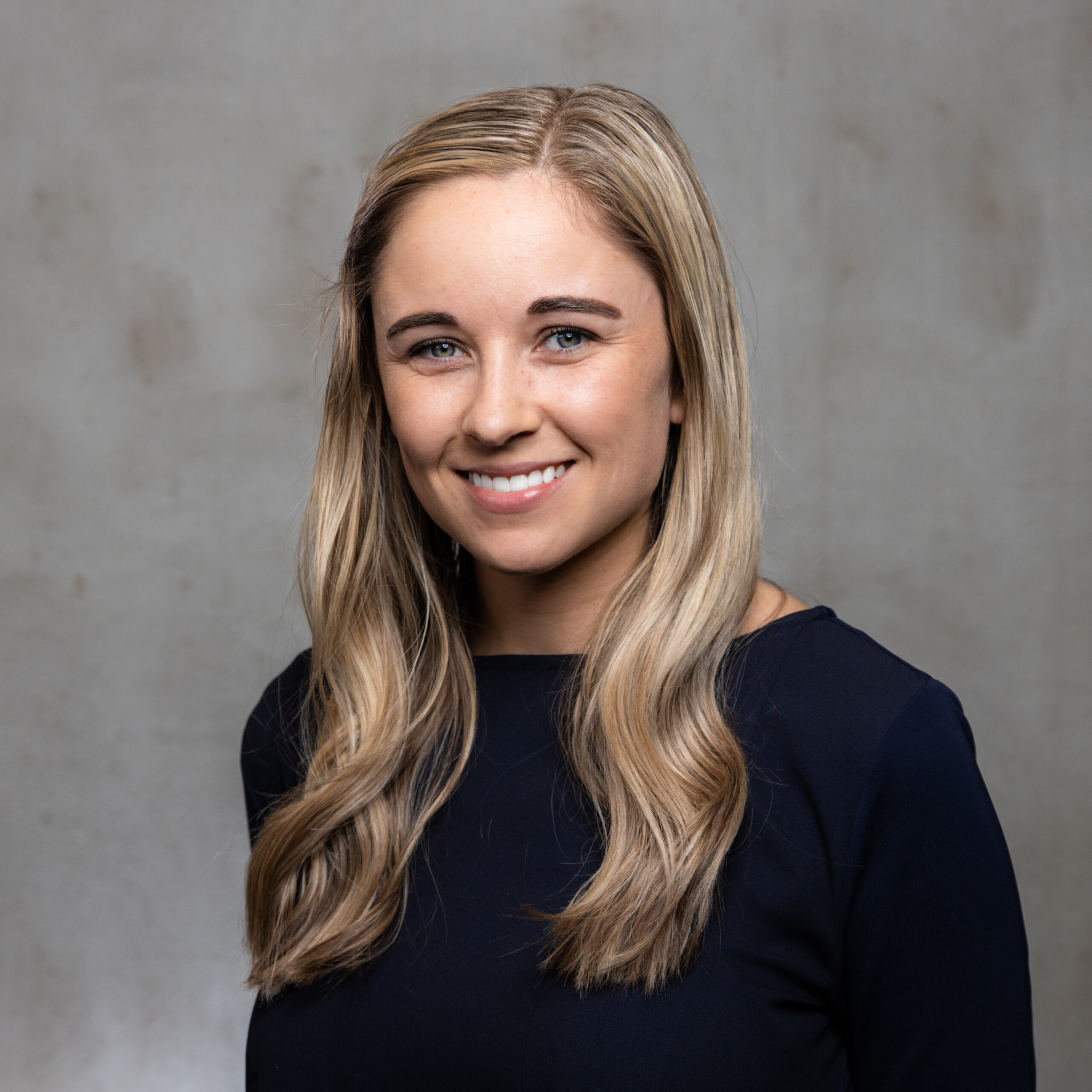The H-1B visa is a non-immigrant visa that allows U.S. employers to temporarily employ foreign medical graduates in a specialty occupation. The practice of medicine clearly qualifies as a specialty occupation. Most physicians in the U.S. on a J-1 visa who seek to remain in the U.S. after training, typically must switch to H-1B status after receiving a waiver of the J-1 home residency requirement. If the employee is in the U.S. on J-1 or F-1, they may be able to apply for a change of status within the U.S. Otherwise, the employee applies for an H-1B visa at a U.S. consulate and enters the U.S. in H-1B status. The H-1B petition must be filed no more than six months before the intended start date. USCIS may take several months to process the H-1B application.
The H-1B application to USCIS must include: information about the employing entity’s business, information about the type of work the foreign national will be performing, evidence of beneficiary’s qualifications (including proof of USMLE passage, ECFMG certification, and medical licensure in the state of intended employment), and a Labor Condition Application (LCA) certified by the U.S. Department of Labor, in which the employer must attest that they will pay the H-1B employee wages that are at least equal to the actual wage paid by the employer to other workers with similar experience and qualifications in the same geographic area where the beneficiary will be employed, or the prevailing wage (determined through a private wage survey or consulting the Department of Labor’s Online Wage Library) for the occupation in the area of intended employment – whichever is greater. If approved, H-1Bs are issued for 3-years at a time with a 6-year maximum limit on the time that an individual may be in H-1B status. However, there are certain extensions available for individuals in the process of applying for an employment-based green card.
Additional Articles:




